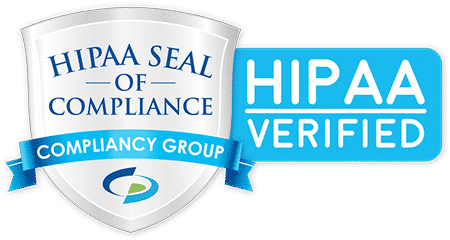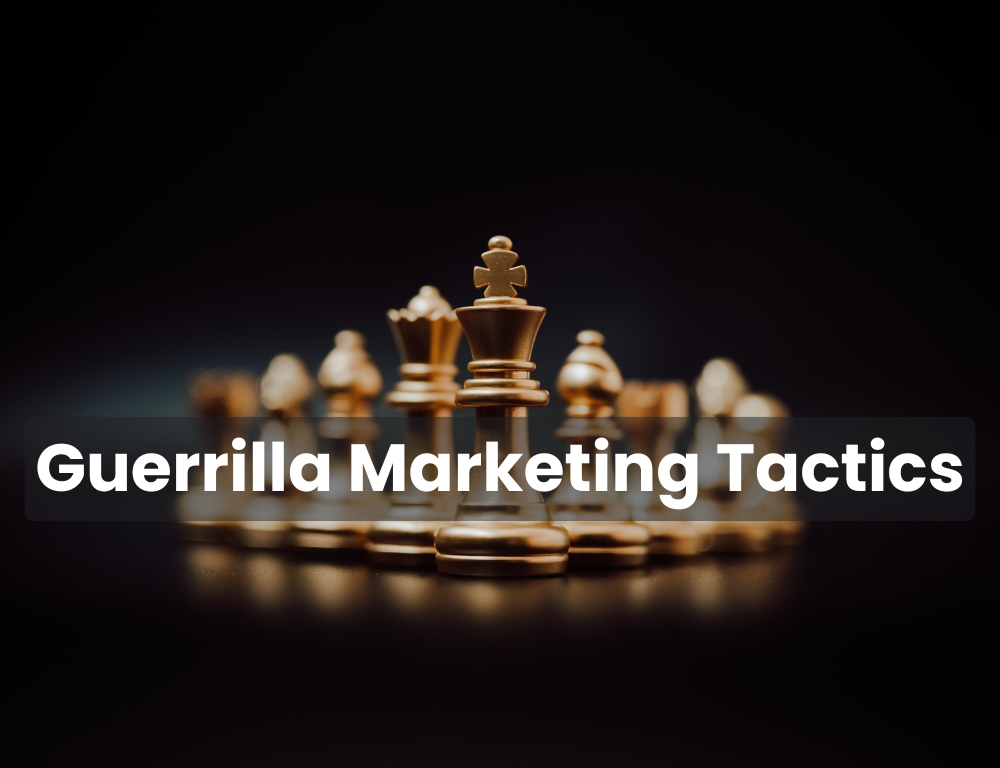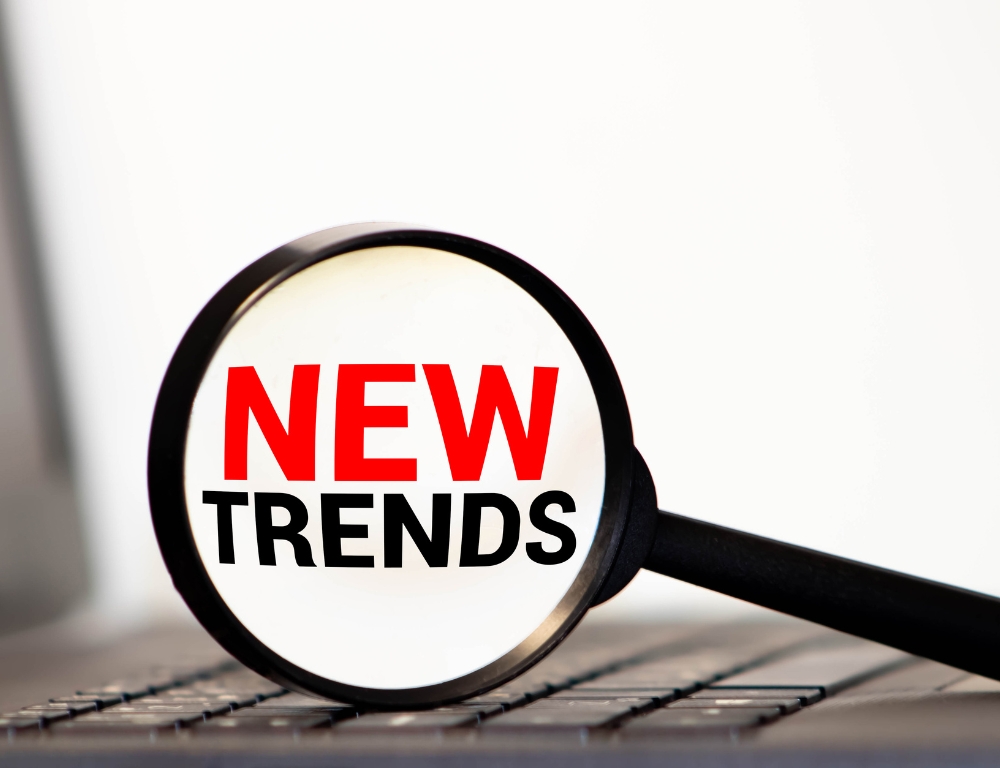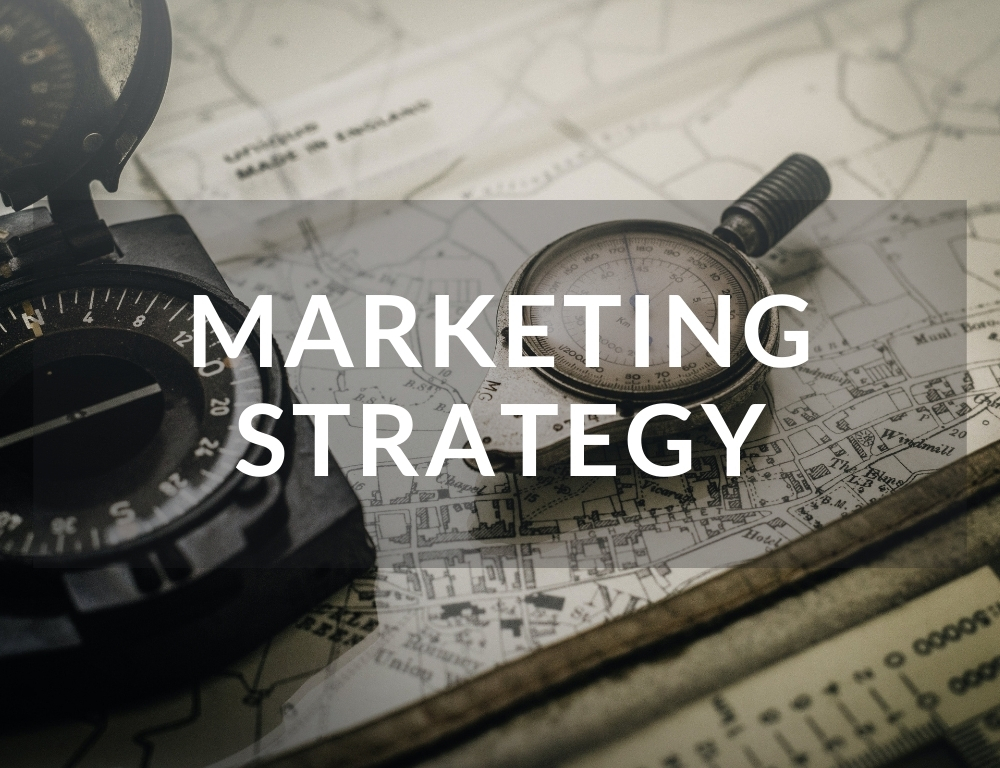
Why Most Funnels Fail (And How to Build One That Works)
You’ve probably heard the phrase “marketing funnel.” It just means the step-by-step process that turns a stranger into a paying customer. But here’s the truth. Most funnels do not work the way business owners hope they will. Let’s look at the real reasons funnels fall apart and how you can build one that actually brings in results. The Funnel Is Too Complicated Many funnels try to do too much. Too many steps. Too many choices. Too many popups or pages. This makes people get confused or bored and leave before buying anything. Keep it simple. One clear path. One decision at a time. That’s what works best. You Are Not Speaking to the Right People Your funnel should feel like it was made for the exact person reading it. If your message is too general, people will scroll past it. Get clear on who your customer is. What do they care about? What problem do they want to solve right now? Speak directly to that. The Offer Is Not Strong Enough Even with great copy and design, a weak offer will not work. People want real value. If they are not sure what they get or why it matters, they won’t take action. Your offer should solve a problem, make life easier, or help them win in some way. And it should be easy to understand in just a few seconds. No Follow-Up A good funnel doesn’t stop after the first step. Most people won’t buy right away. They need reminders, education, and trust before they say yes. Use email or text to follow up. Share tips, answer questions, and remind them of what you offer. Tools like Media Shield make this easy with simple automation you can set up once and let it run. You Never Look at the Data Funnels are not magic. You need to see what’s working and what’s not. If people are clicking but not buying, something needs to change. Test different headlines. Try new images. Change your call-to-action. Little changes can make a big difference. Media Shield gives you funnel stats in one place so you can see what needs attention. Build It One Step at a Time Start small. First, get attention with a simple post or ad. Then offer something free in exchange for their email address. Next, send a short email series that builds trust and explains your paid offer. Finally, guide them to a simple checkout page where they can buy with no confusion. It does not have to be perfect on day one. You can improve it as you go. The best funnels feel like you are guiding someone in a real conversation. It’s simple, it’s helpful, and it builds trust over time. Not sure where to start? Media Shield can help you plan, build, and track your funnel without hiring a big team. Have you ever built a funnel for your business? What part worked or didn’t? Share your experience in the comments below.













